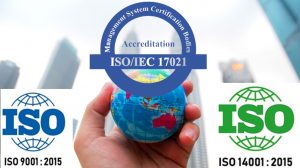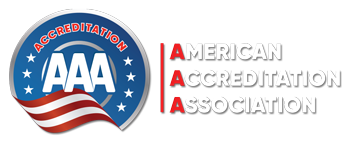
To achieve an organization’s objectives related to the Expected outcomes intended by the management systems standard, the accredited management system certification is expected to provide confidence that the organization has a management system that conforms to the applicable requirements of the specific ISO standard.
The International Accreditation Forum (IAF) and the International Organization for Standardization (ISO) published a document explaining the Expected outcomes for accredited certification to ISO management system standards such as ISO 9001 and ISO 14001. In particular, it is to be expected that the organization:
- has a system which is appropriate for its organizational context and certification scope;
- has defined a policy appropriate to the intent of the specific management system standard and to the nature, scale and impacts of its activities, products and services over their lifecycles
- is addressing risks and opportunities associated with its context and objectives;
- analyses and understands customer needs and expectations, as well as the relevant statutory and regulatory requirements related to its products, processes and services;
- ensures that product, process and service characteristics have been specified in order to meet customer and applicable statutory/regulatory requirements;
- has determined and is managing the processes needed to achieve the Expected outcomes intended by the management system standard;
- has ensured the availability of resources necessary to support the operation and monitoring of these products, processes and services;
- monitors and controls the defined product process and service characteristics;
- aims to prevent nonconformities, and has systematic improvement processes in place to: a) react and correct any nonconformities that do occur (including product and service nonconformities that are detected after delivery); b) determine the cause of nonconformities and take corrective action to avoid their recurrence; c) determine if similar nonconformities exist, or could potentially occur; d) implement any action needed; e) review the effectiveness of any corrective action taken; and f) address complaints from interested parties;
- has implemented an effective internal audit and management review process;
- is monitoring, measuring, analyzing, evaluating and improving the effectiveness of its management system.
- Has implemented processes for communicating internally, as well as responding to and communicating with interested external parties.
To read the full document, please click here
